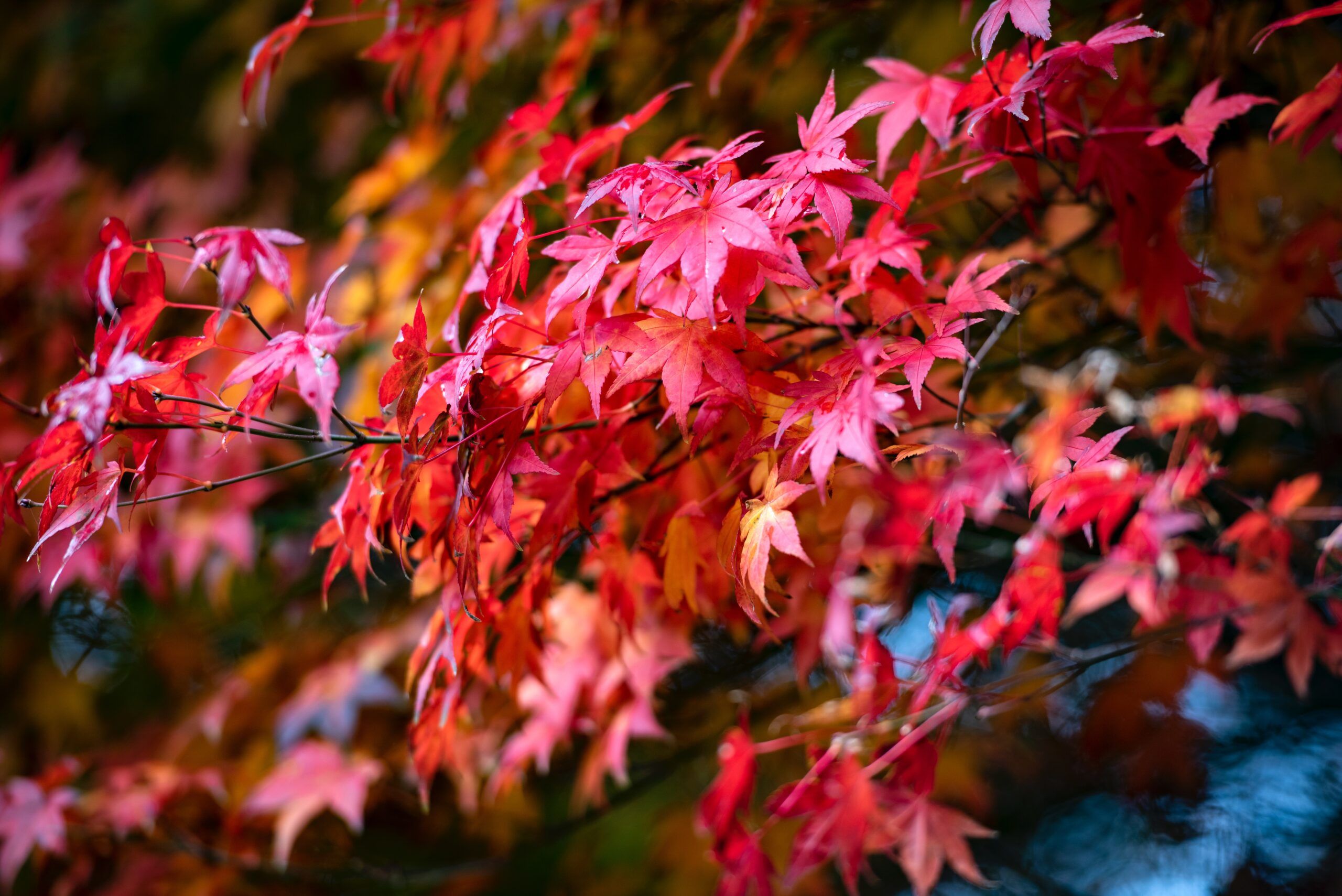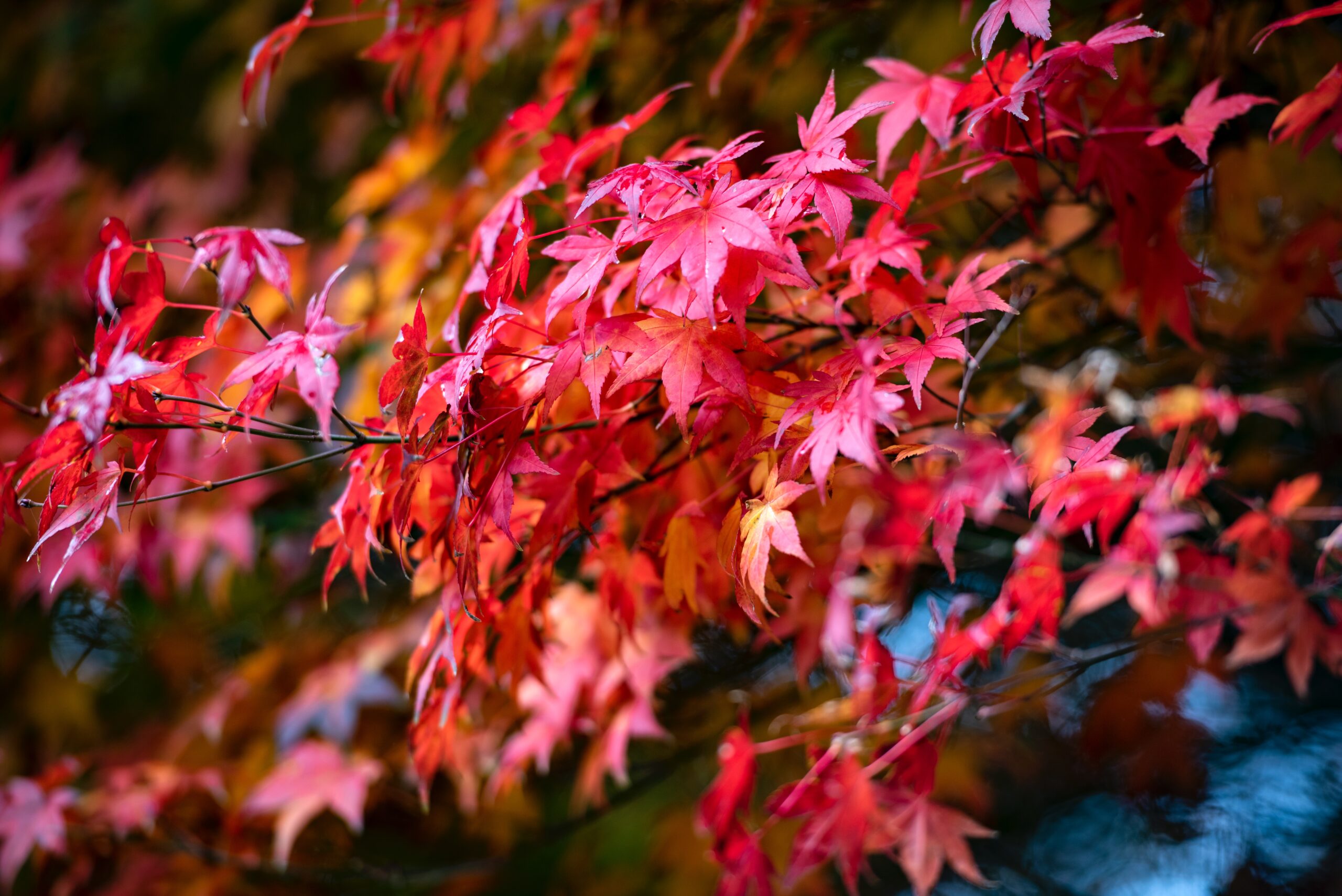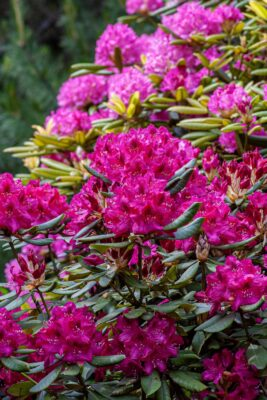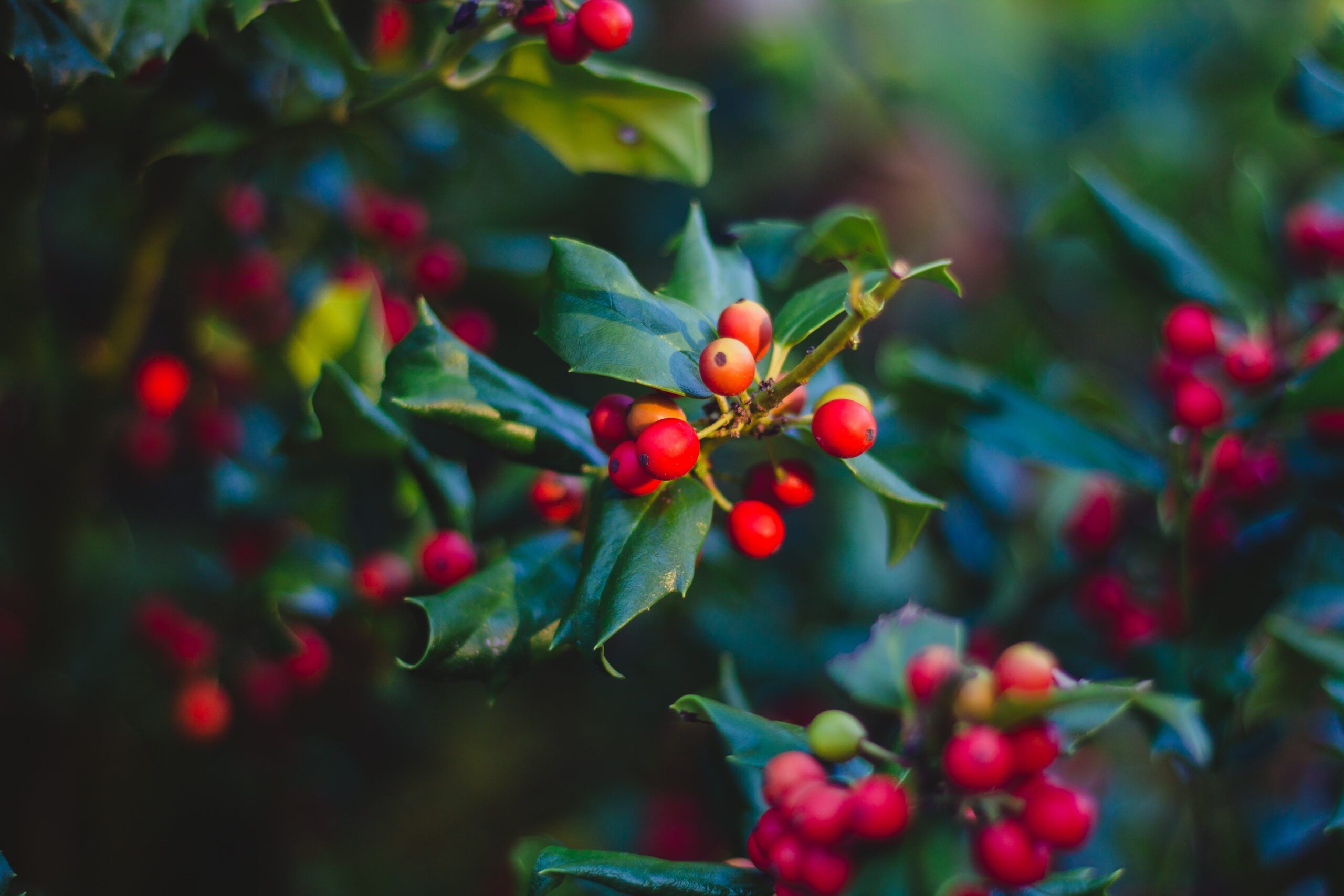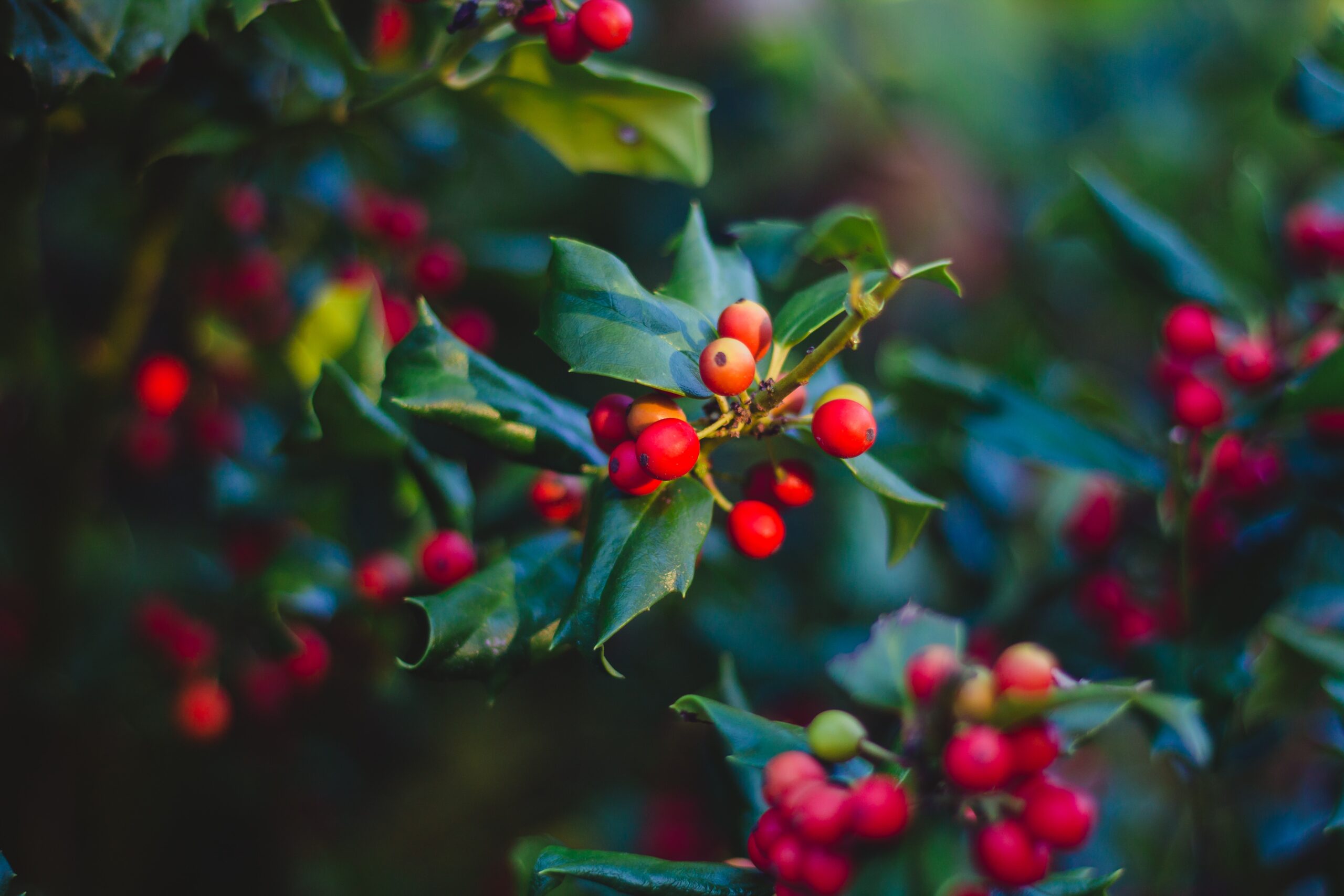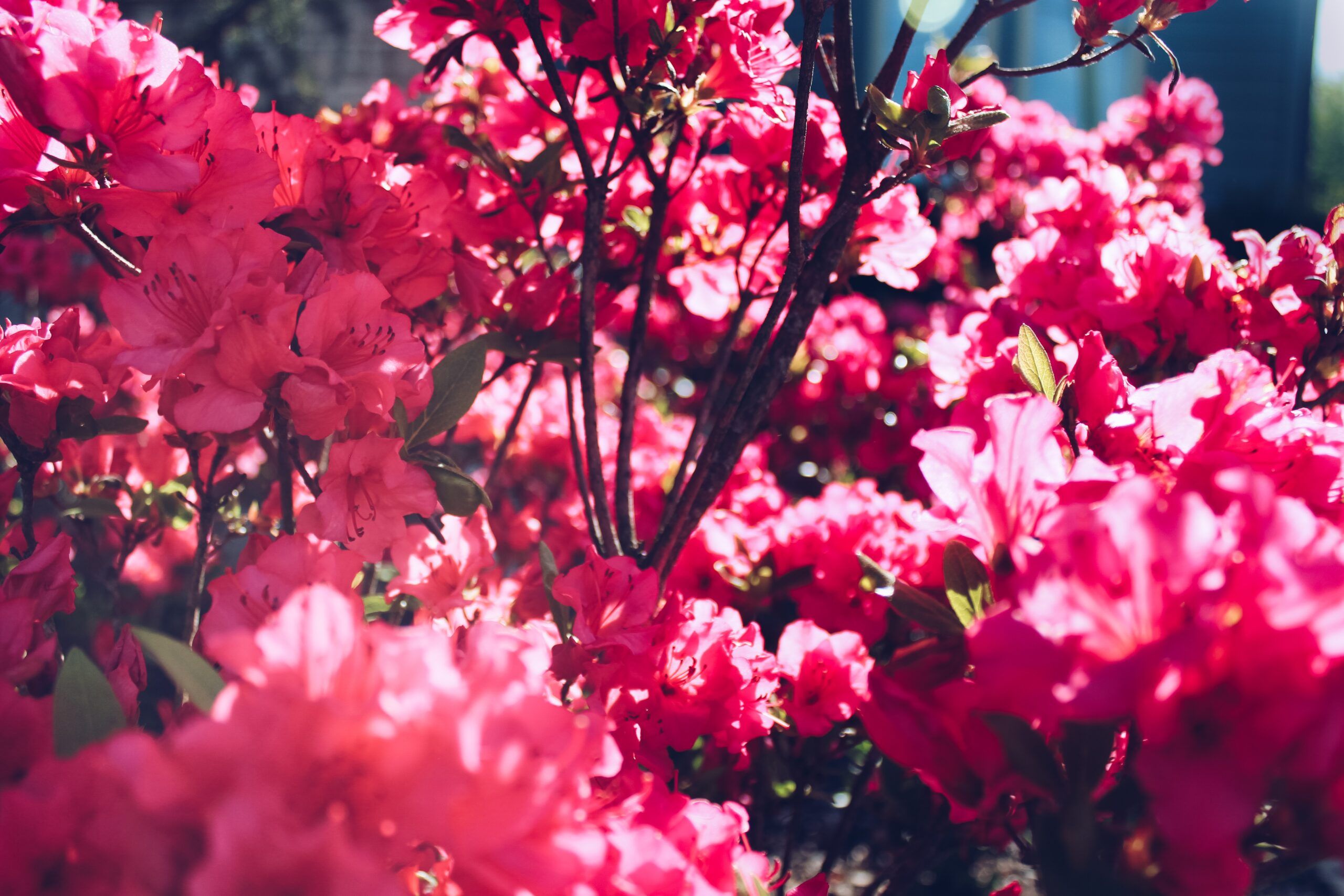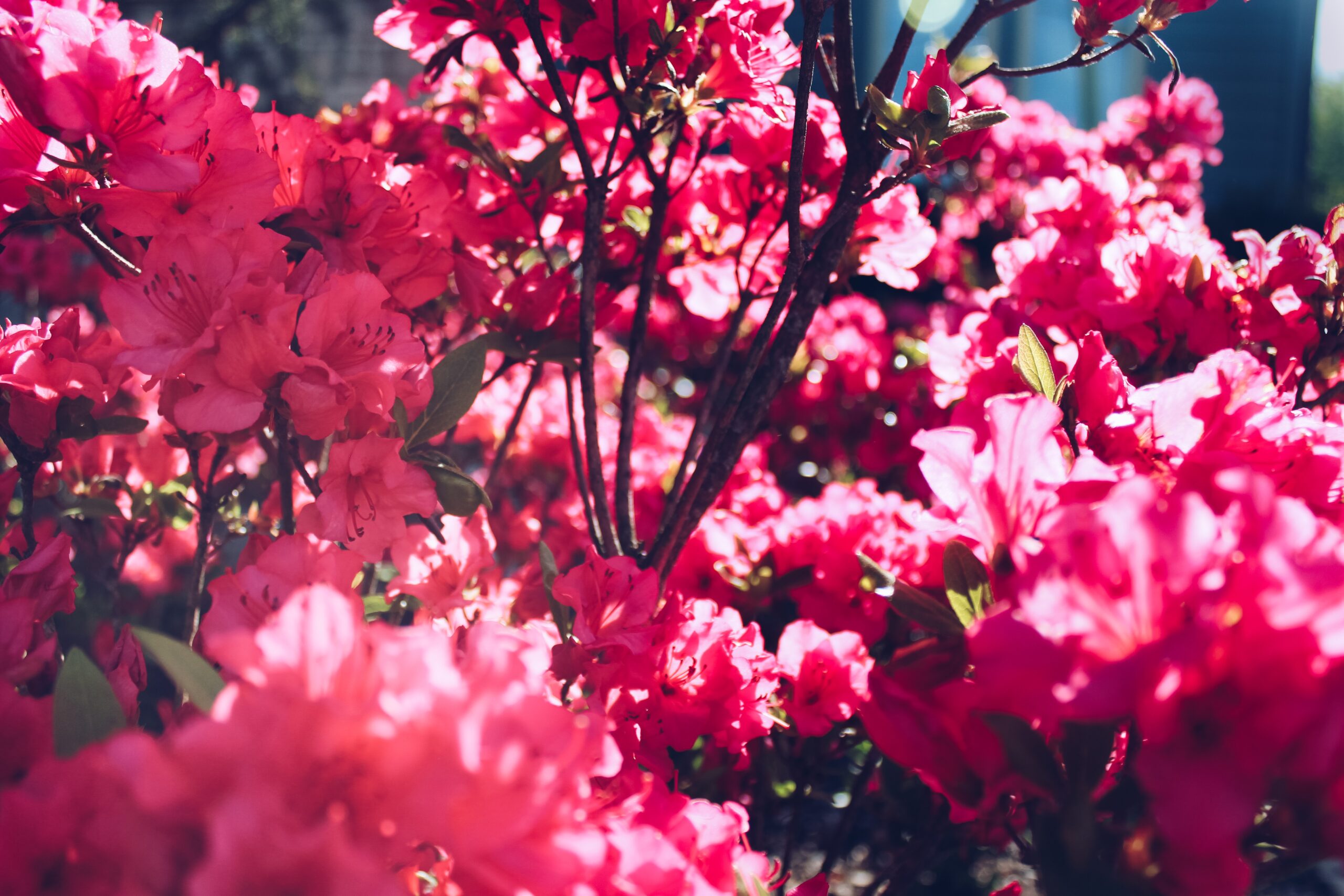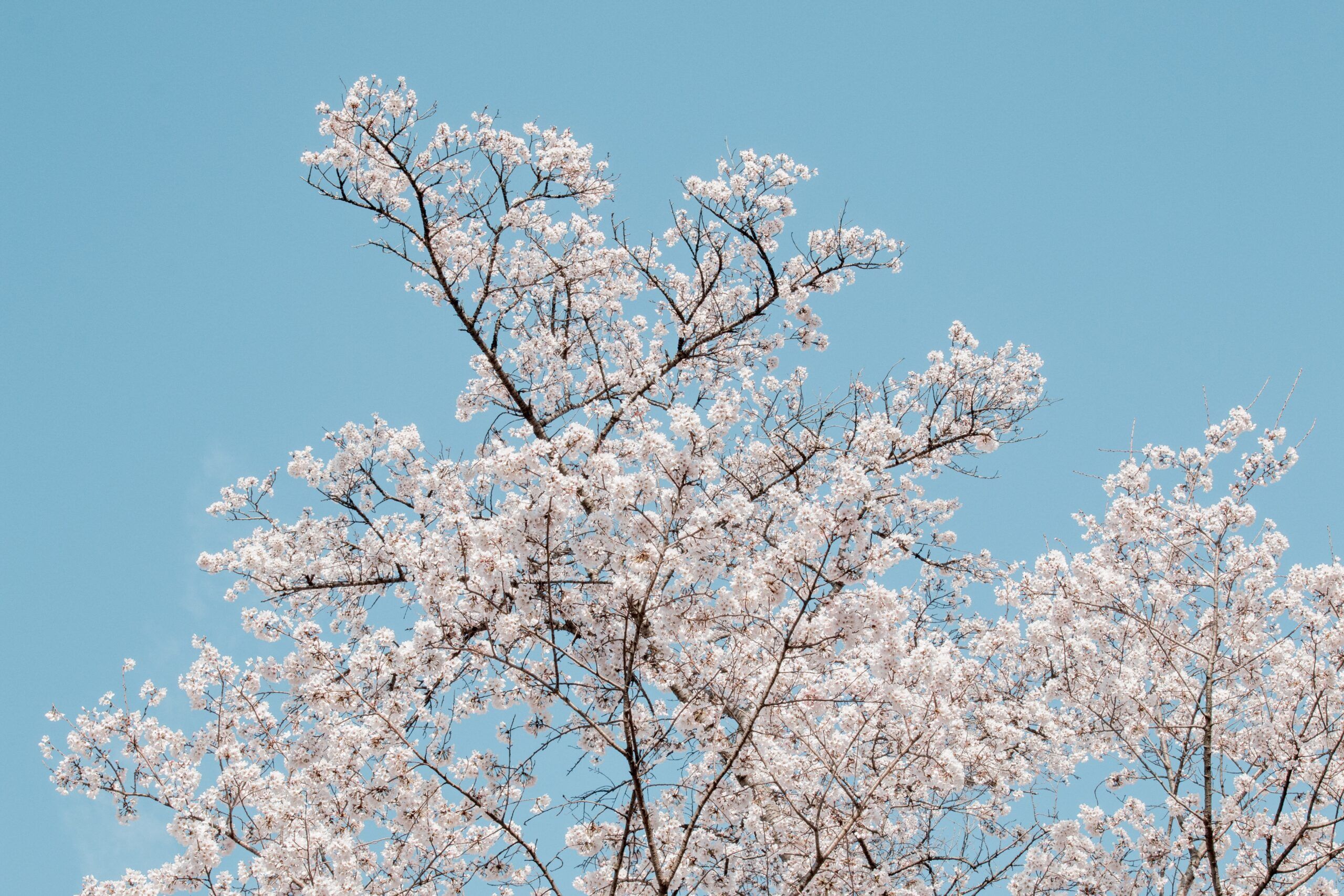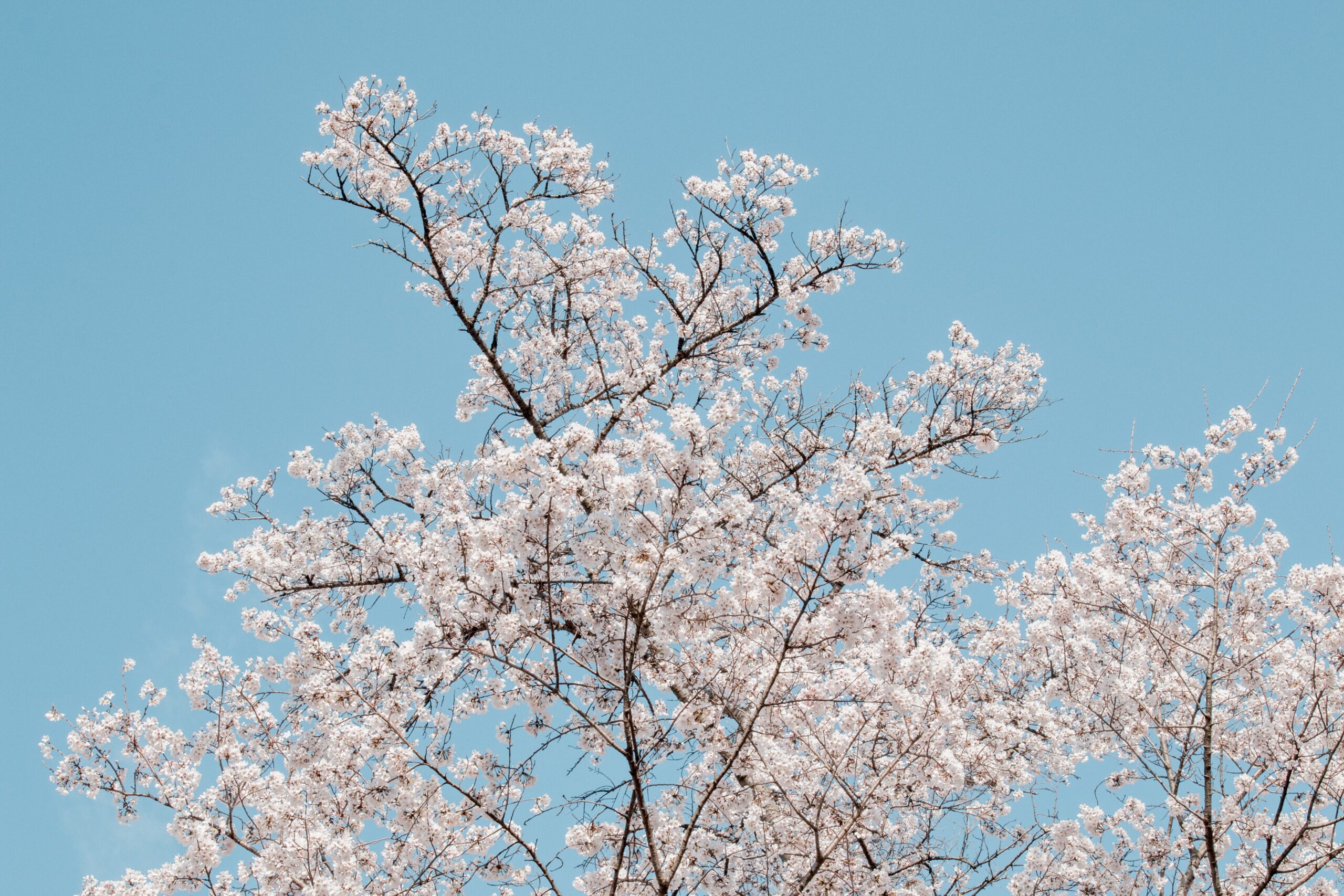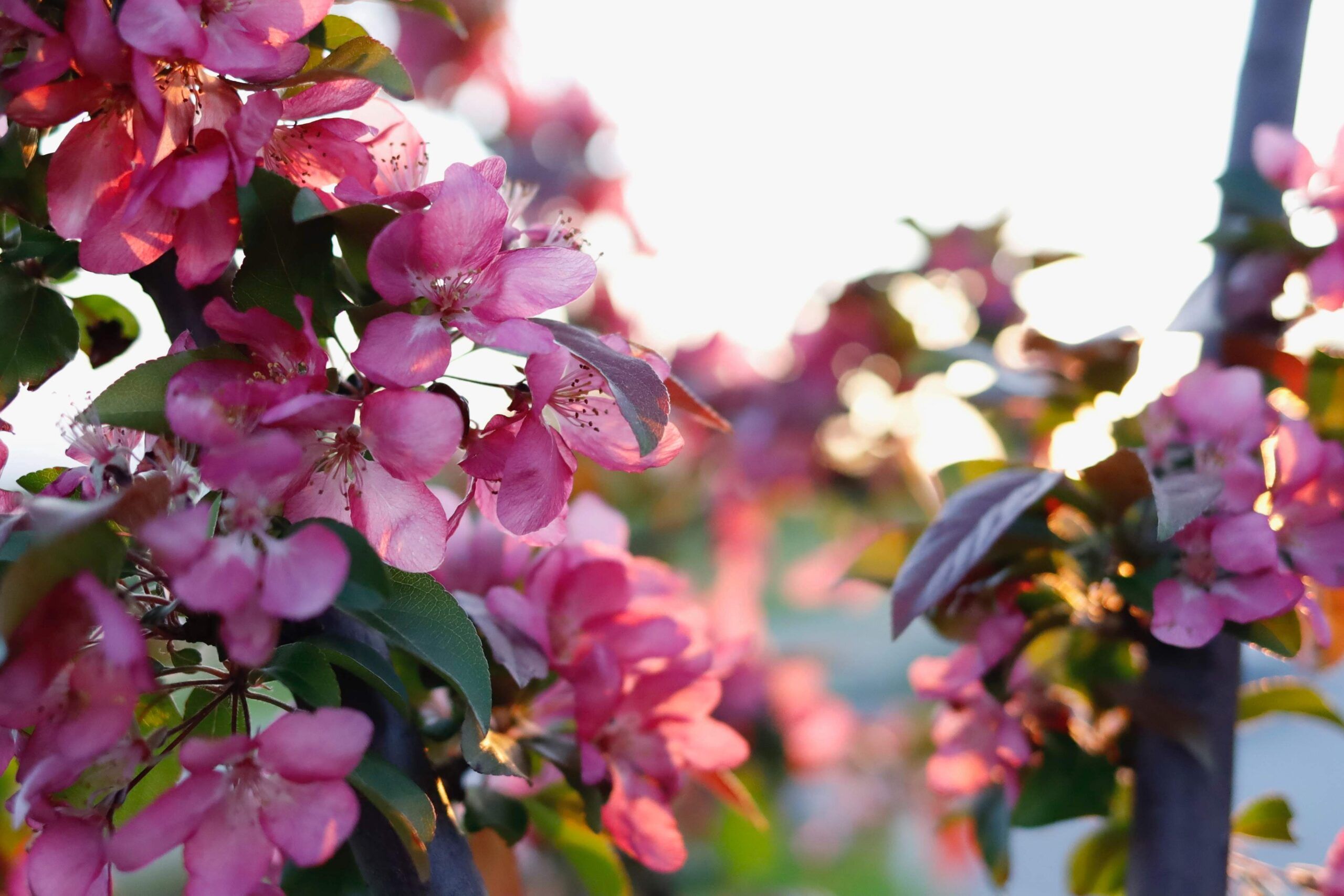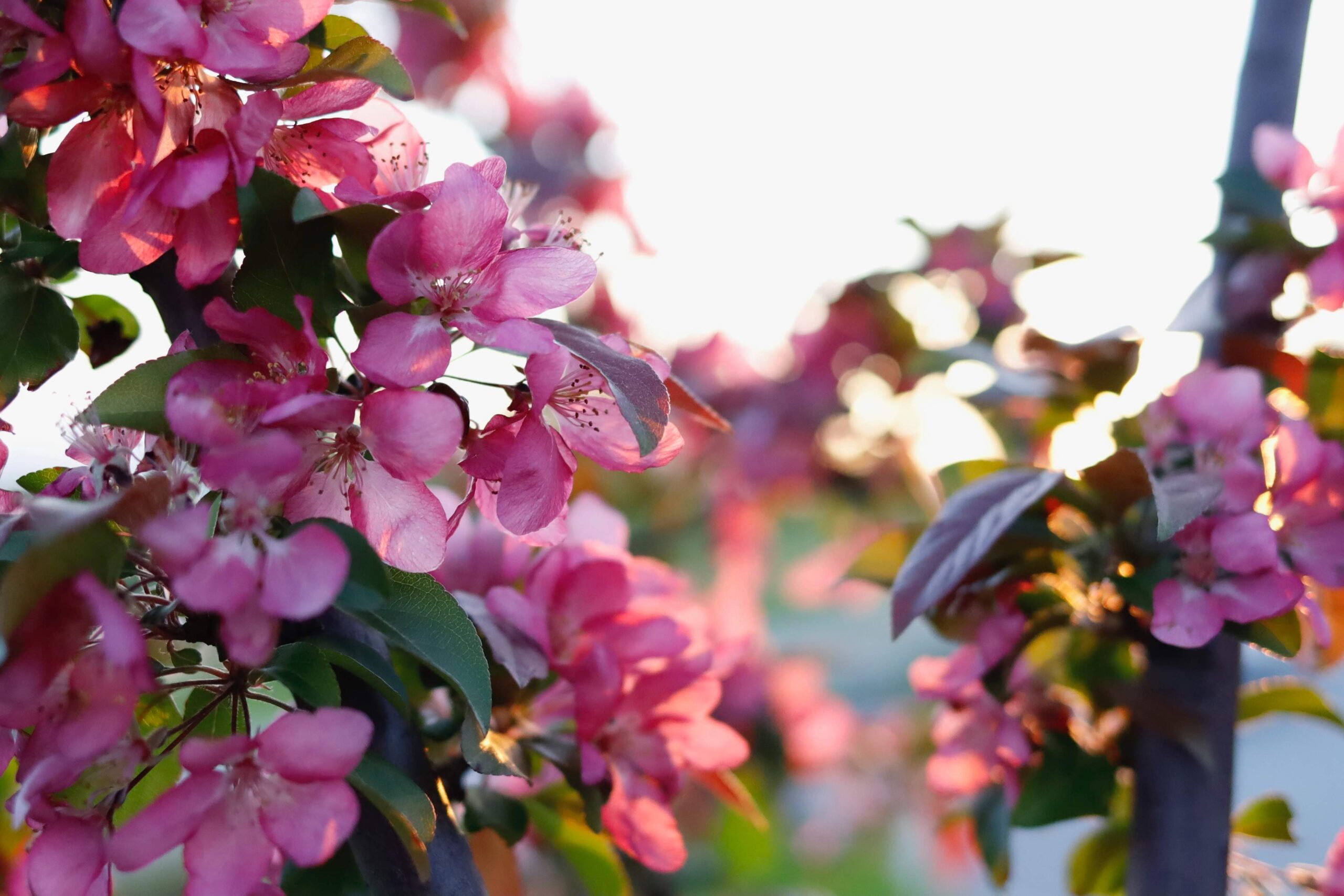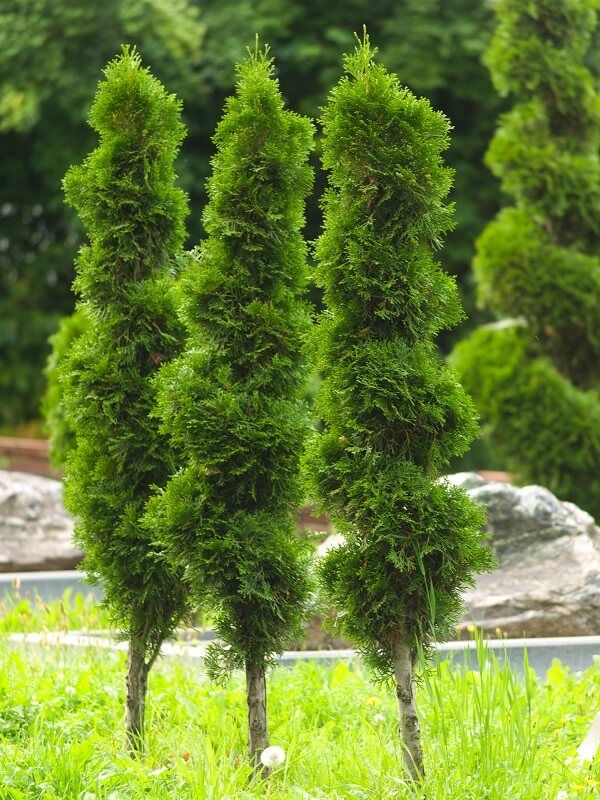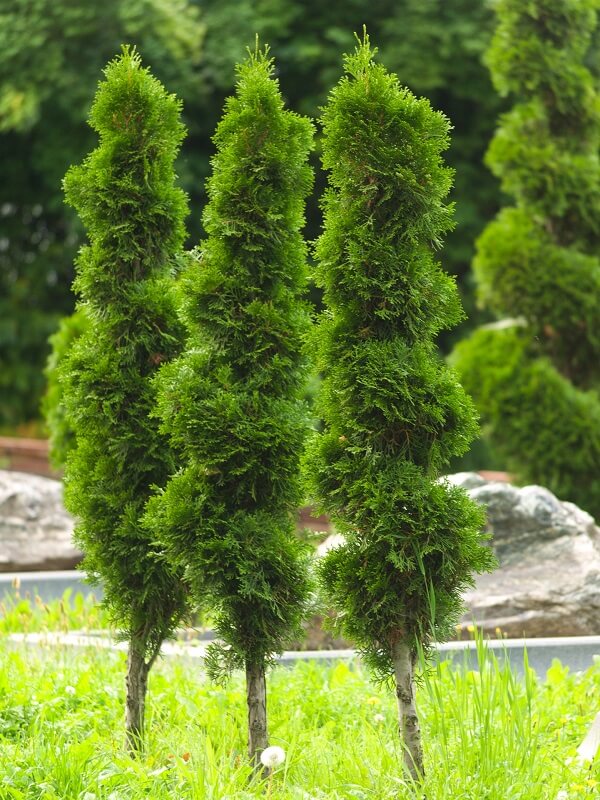Japanese Maple
Japanese maple trees tend to perform and adapt well in Pennsylvania’s climate. These trees are easily maintained and cared for and enhance your landscaping with their beautiful, striking appearance. These trees offer several varieties of leaf shades. Colors may range from cream, pink, dark purple, reddish-purple, and vibrant shades of red.
-
Dead Leaf Spots
Japanese maple dead leaf spots are often caused by:
- Summer Scorch
-
Decay/Cankers/Galls
Japanese maple decay/cankers/galls are often caused by:
- Sun/Winter Scald
-
Defoliation
Japanese maple defoliation is often caused by:
- Bagworms
-
Dieback/Flagging
Japanese maple dieback/flagging is often caused by:
- Sun/Winter Scald
- Japanese Scale
- Phytophthora Rot
-
Moldy Leaves
Moldy leaves on Japanese Maple are often caused by:
- Aphids
-
Sawdust/Holes
Japanese maple sawdust/holes are often caused by:
- Ambrosia Beetle
- Borers (General)
Bark holes and sawdust on a Japanese maple tree’s footing are likely indicative of borer infestation. Borers will drill into the tree and tunnel beneath the bark, feeding on the inside of the tree and eventually leaving tiny holes with sawdust coming out once the insects mature.
-
Wilting
Japanese maple wilting is often caused by:
- Japanese Scale
-
Yellowing/Browning
Japanese maple yellowing/browning is often caused by:
- Bagworm
- Japanese Scale
- Phytophthora Rot



